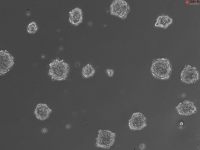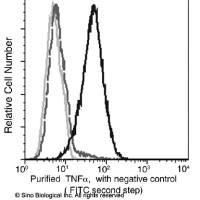Analysis of Osteoclast Function in Mouse Calvarial Cultures
互联网
407
Mouse calvarial organ cultures have been used for many years to study the basic mechanisms by which osteoclastic bone resorption is regulated. The most obvious advantage of organ cultures over in vivo studies is the absence of confounding factors such as hormonal and mechanical influences. Calvarial organ cultures have an advantage over isolated cell systems also, in that they preserve the interrelationships between the different cell types in the bone, and the relationship between these cells and bone matrix. Despite this, the mouse calvarial organ culture system has been used about half as frequently between 1995–2000 as during 1990–1995, as shown by a text word search of scientific publications. The main reason for this is that osteoclasts, the cells responsible for resorbing bone, can now be isolated from bone tissue of several species including rat 1 , chicken 2 , mouse 3 , rabbit 4 , and human 5 . More recently, techniques have been developed to generate osteoclasts in vitro (6 ,7 ) and then incubate these on bone slices to produce bone resorption. With these approaches, osteoclasts are defined by their ability to produce resorption pits on bone slices. However, this definition may not be sufficient. Other giant cells from nonosseous tissues can produce pits (8 ), and two distinct morphologies of multinucleate tartrate-resistant acid phosphatase (TRAP)-positive osteoclast-like cells have been described with differing resorptive capacities (9 ). Like the osteoclast, the foreign body giant cell is derived by fusion of monocytes, and if they share the same fusion mechanism then hybrid giant cells showing a range of phenotypes may be produced in cultures of bone marrow derived cells.









